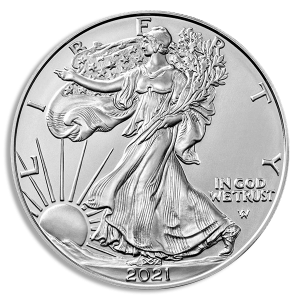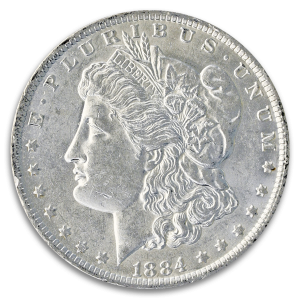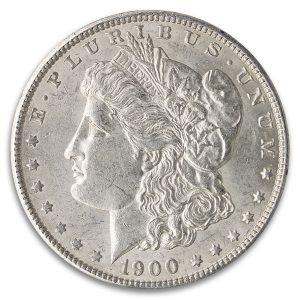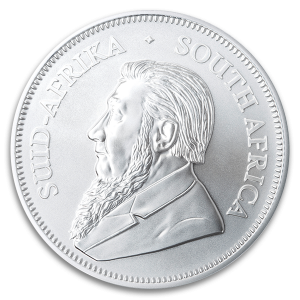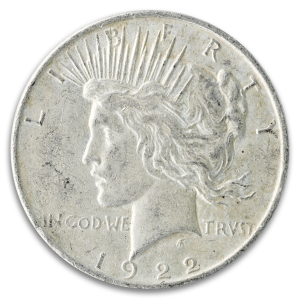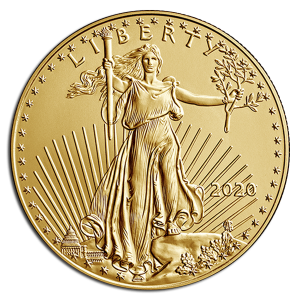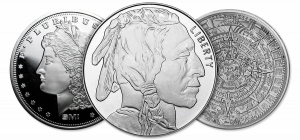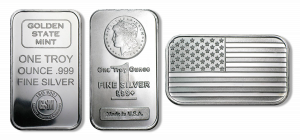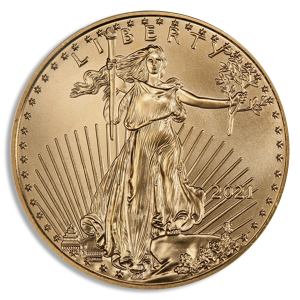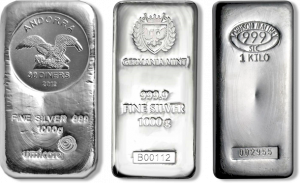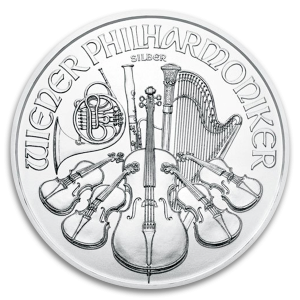$10 Indian Certified MS63 (Dates/Types Vary)
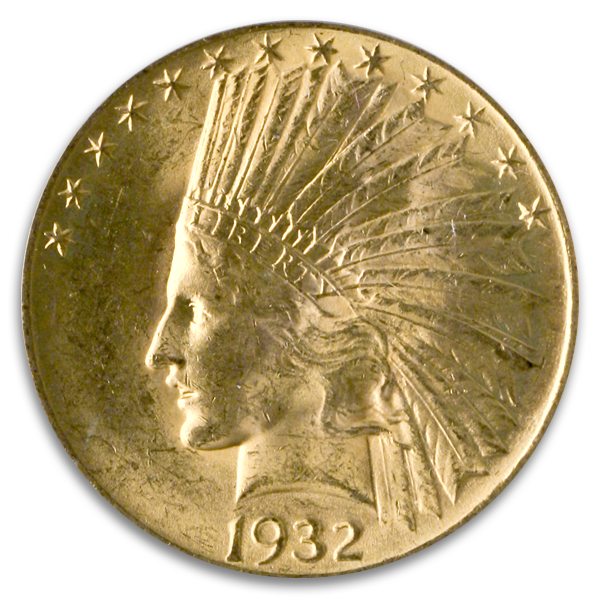
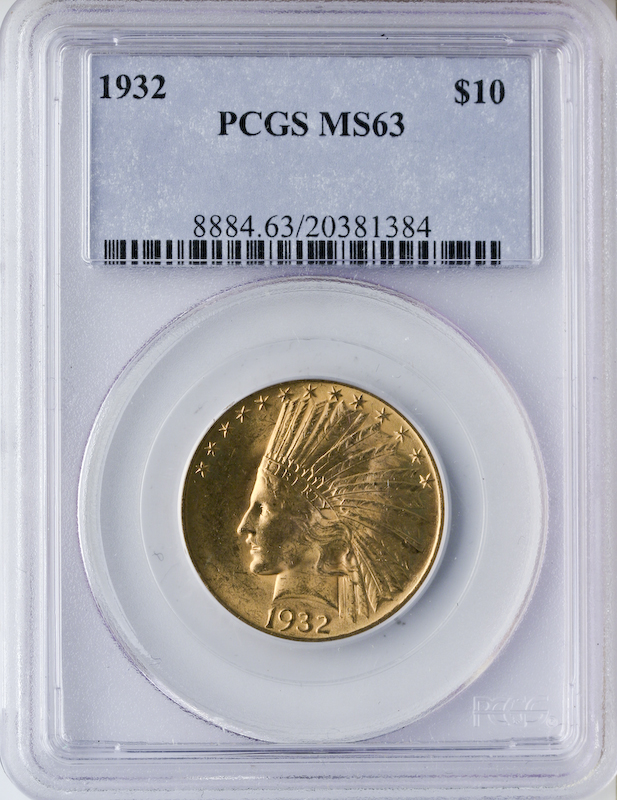

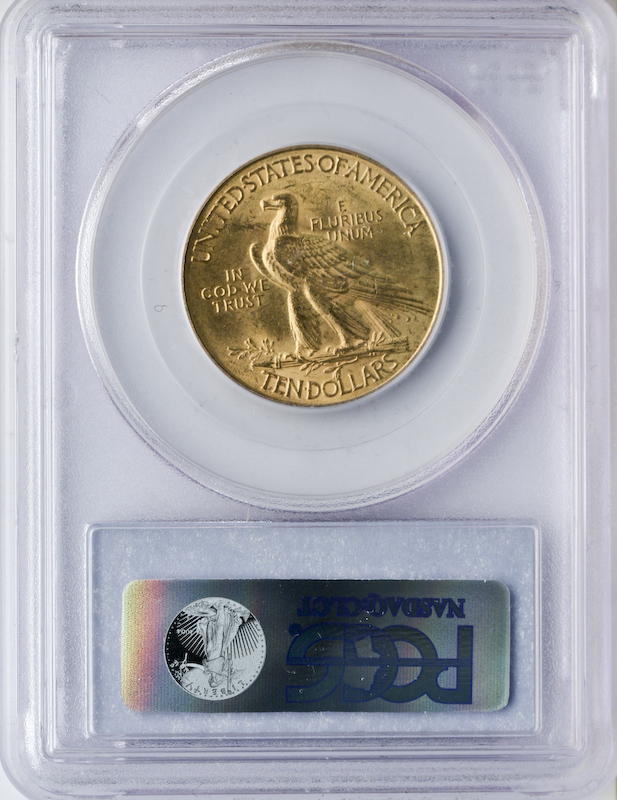



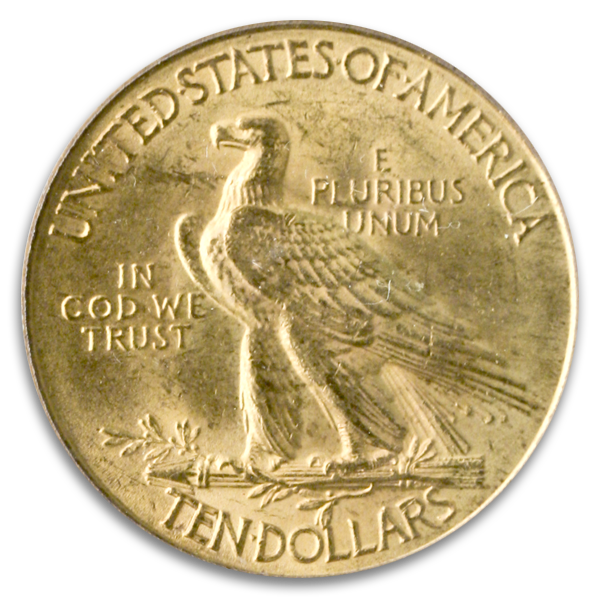

Price
$2,609.00
(3054 reviews)
John Przygoda
2025/10/11
verification coding was a drag
Joel Hecht
2025/10/11
Making a purchase on my iPhone is always a struggle. It locks up and I have to make 2-3 attempts before completing my purchase. Very annoying. Love your selection and staff but making a purchase can be very frustrating.
Pat D’Anna
2025/10/10
Website easy to navigate.
Patrick Sanders
2025/10/10
Thank you for your service.
ANDRES AYARZAGOITIA
2025/10/10
Awesome. Great prices on silver.
Danial Curfman
2025/10/09
Meet expectations
| Throughout his distinguished career, Augustus Saint-Gaudens revitalized American sculpture, moving it away from a tired Neoclassical style towards a vibrant, naturalistic approach. He was a passionate advocate for the development of a distinctly American school of sculpture. Born in Dublin, Ireland, to a French father and an Irish mother, Saint-Gaudens immigrated to New York as an infant, where his father ran a successful boot and shoe business. At thirteen, he began an apprenticeship with a stone cameo cutter, and by the age of twenty, he had gained entrance to Paris’ prestigious École des Beaux-Arts. It was to Saint-Gaudens that President Theodore Roosevelt turned when he wanted to remake American coinage. The two shared an appreciate for ancient Greek coins, which they used to transform the coins of their day. The obverse of the $10 Indian Head Eagle features a striking image of Lady Liberty adorned with a feathered headdress, a departure from the traditional Phrygian cap. This choice was at the direct instruction of Roosevelt. The word "LIBERTY" is inscribed on the headband, with the year of minting placed below Lady Liberty’s neck. The narrative behind the design is intriguing. Some claimed the image of Liberty was based on Davida Clark, Saint-Gaudens’ mistress, while others believed it depicted Mary Cunningham, an Irish-born waitress. The reverse side of the coin showcases a majestic eagle standing on an olive branch and a bundle of arrows, echoing ancient Roman symbols of peace and strength. The inscriptions "UNITED STATES OF AMERICA" and "TEN DOLLARS" encircle the eagle. Minted from 1907 to 1933, with intermittent production between 1916 and 1933, the $10 Indian Head Eagle contains .48375 troy ounces of gold. The coin is composed of 90% gold and 10% copper, measures 2.03 mm in thickness, 27 mm in diameter, and weighs 16.718 grams. Production took place at the Philadelphia, San Francisco, and Denver mints. |
| Metal | Gold |
|---|---|
| Weight | 0.4838 |
Comparison Chart





